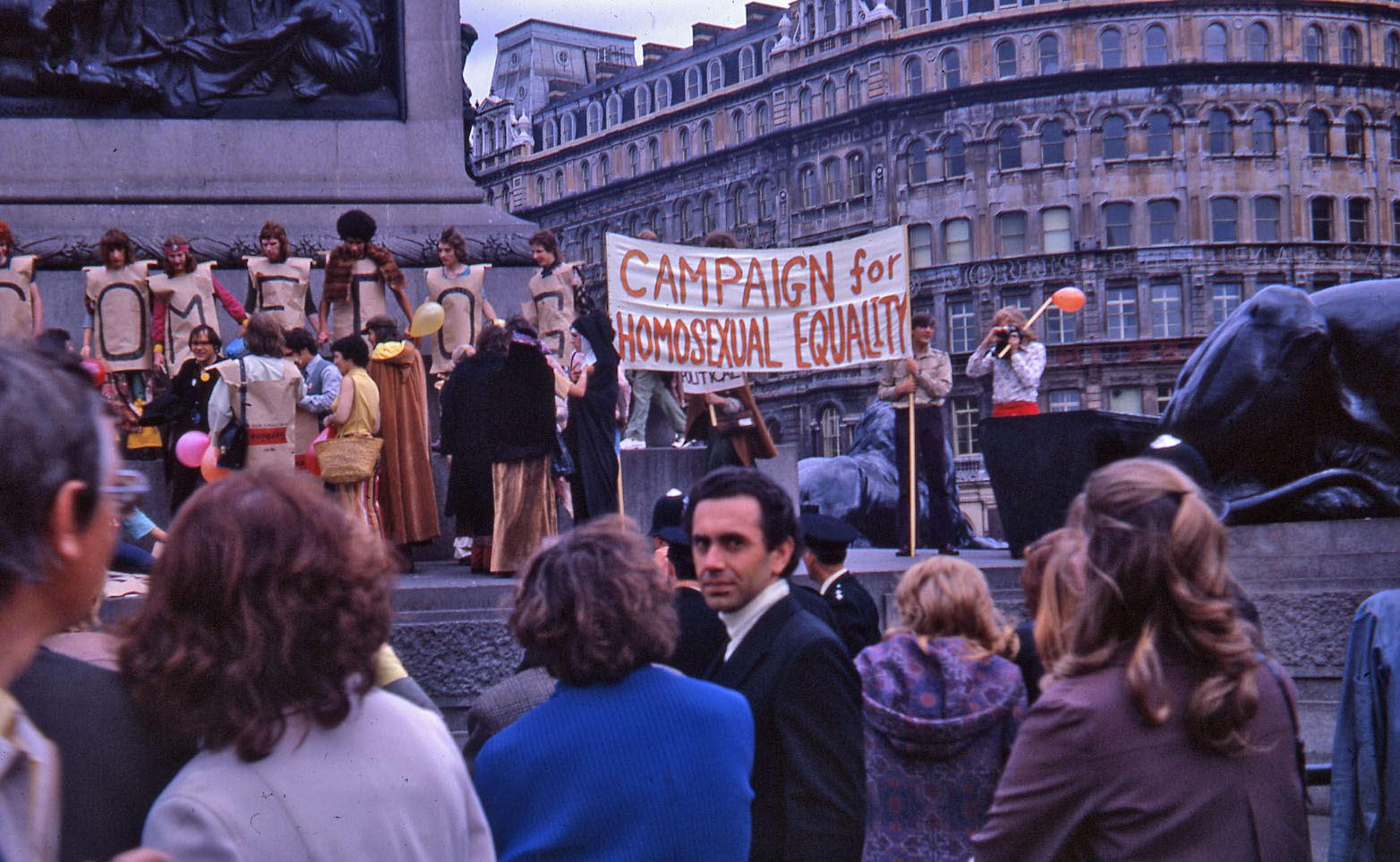One day in early October 1970, Philip Rescorla was in his London university canteen. “I saw this poster on the wall, which said, ‘Come and join the Gay Liberation Front’. In those days, gay was not the word we used for homosexual, so I wasn’t exactly sure what it was,” he tells us. “The picture was a mixture of men and women all having a good time, and it said to meet at six o’clock on Wednesday 13 October. I went along and there were 18 or 19 people — in those days, meeting that many queer people in one room was quite something! That was the first ever meeting of the UK Gay Liberation Front.”
Inspired by the Gay Liberation Front formed in New York in 1969 in the wake of the Stonewall Riots, Bob Mellors and Aubrey Walter formed a parallel movement in the UK for radical queer youths who wanted revolutionary politics. Together, they famously disrupted the Christian anti-permissive society’s Festival of Light in 1971; and organised the first ever UK Pride march on 1 July 1972. Though only existing for three years before splintering due to internal disputes, the UK GLF made a mark on history with its off-shoot organisations too: queer helpline Switchboard and the first ever national gay news media.
But Pride’s London inauguration remains their most significant achievement. Now, on the 50th anniversary of that historic day, the surviving members of the UK GLF, others in attendance and young queer people of today are meeting to march again along the original Pride route as a celebration and reminder of the annual event’s revolutionary roots.

“Gay Liberation Front was really about revolution rather than reform,” Philip says. After that first meeting, the group created a leaflet with a list of their demands and took them around the gay bars of Earl’s Court. “We didn’t want to follow the establishment because they treated us as criminals and sinners. We were given a rather rough time of it because we were seen as rocking the boat. They felt that us screaming and shouting would make people notice them more and make things worse.”
But according to Philip, just a week later over 100 people attended their group meeting. Then, within four weeks, there were over 200 members of the UK GLF. The movement comprised of subgroups, including a group for those under 21 years old, who mainly focused on the fact that the age of consent for gay men was older than for others. The subgroup actually held a march in August 1971 — a year before the first Pride. “You’ve probably seen the famous picture from it, of three couples hugging on Trafalgar Square,” Peter says. “The person in the middle with the beer? That’s me.”
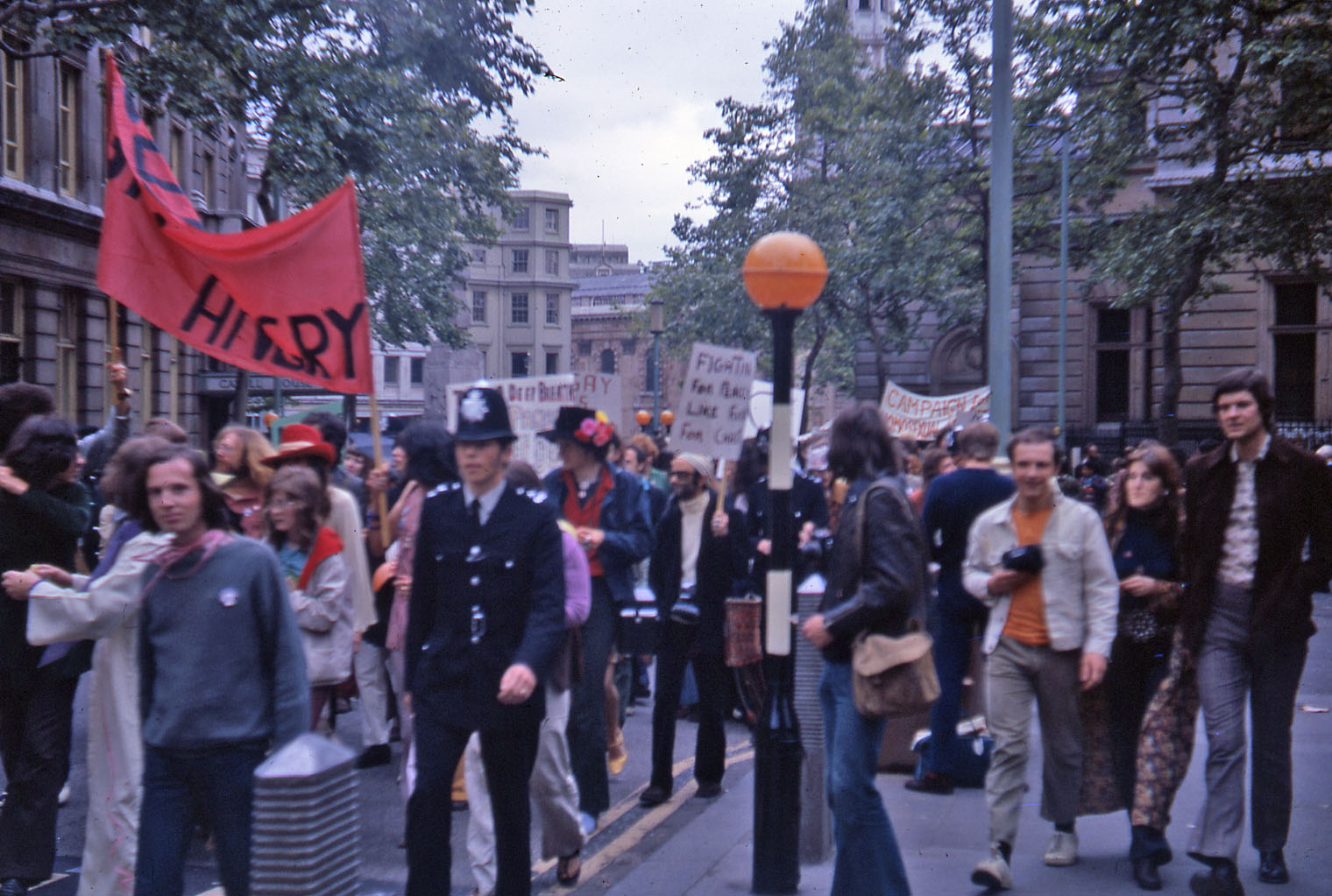
“Around the world, gay organisations were talking about having a celebration on the nearest Saturday to the Stonewall Riots, which happened on 29 June 1969. In 1972, that fell on 1 July.” The first Pride was organised by the youth group of the GLF, with involvement from the Campaign for Homosexual Equality. Its main focus was protesting the age of consent.
But there was pushback: “We weren’t allowed any floats. Instead, a Caribbean band from Brixton on a lorry played while leading the march, and the rest were radical drag queens, all dressed up but not in drag as we know it now — it was genderfuck. And then there were the rest of us, who looked like hippies!” Peter remembers the day being good humoured, vividly recalling people dressed as nuns on roller skates. The march started in Trafalgar Square and continued down Charing Cross Road and along Oxford Street, before ending in Hyde Park for speeches. Today, that route is no longer permitted, as it disrupts London’s central shopping district on its busiest day. “Most of the shoppers were kind of like, ‘Who is that? The homosexuals? Really? That many?’ Some were taken aback and shouted.”
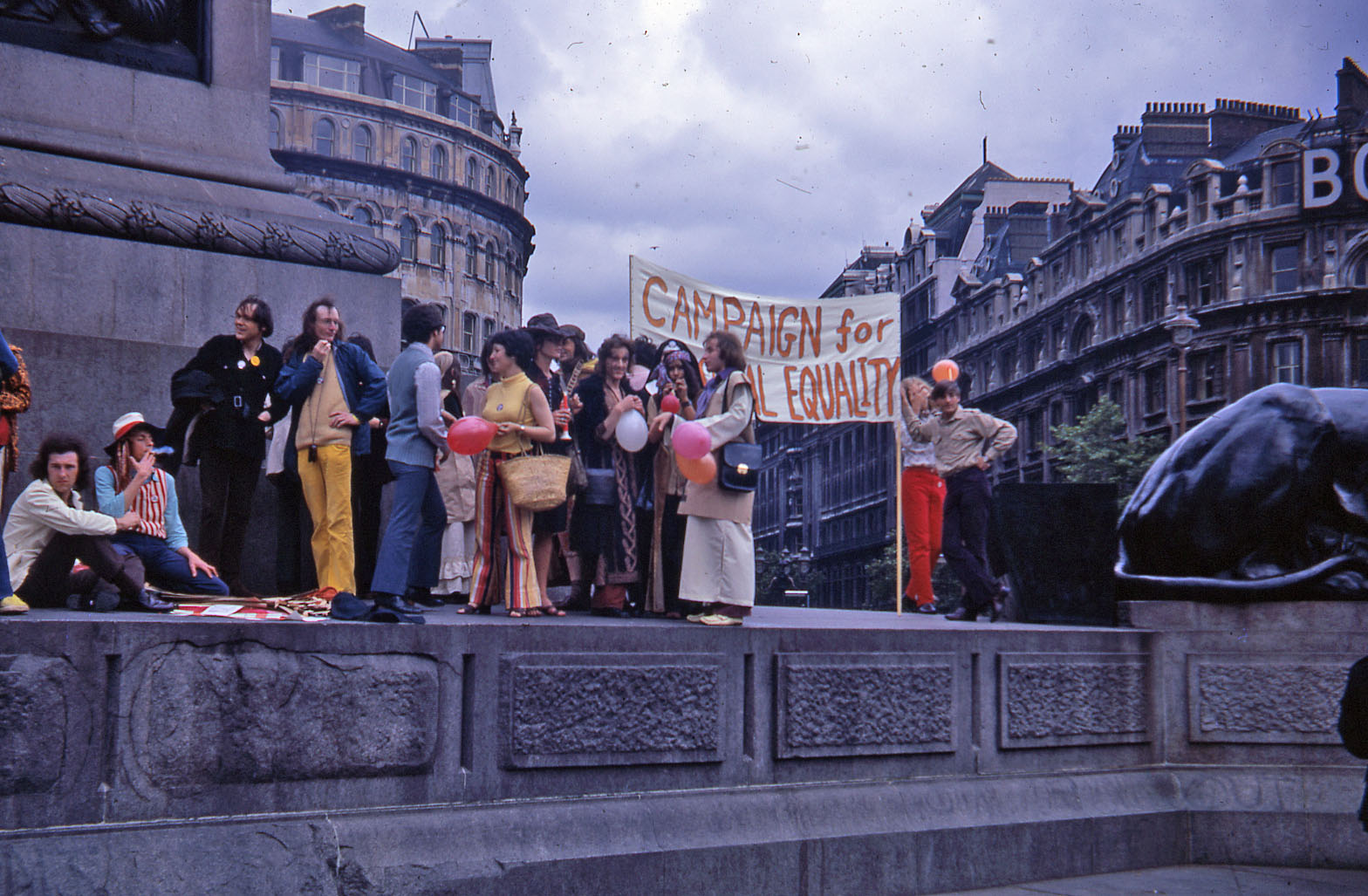
There’s some disagreement over the numbers actually in attendance: they range from 200 to 2000, depending on who you speak to. Part of the reason for that is because there were many hangers on who wanted to be a part of the march, but worried about it being so public. “I’d come out the autumn before and fell in love with the first gay man I ever met, as one tends to do, and he suggested we go down to Pride,” Peter Scott-Presland, an attendee of that first march says. “I came down for the day but I was one of the hidden ones. You have to remember, the people who marched on the street were incredibly brave. Any demonstration you went on back then, you would be photographed. The police would have photographers along the roofs of buildings. I was very aware of this and had a moment of, ‘Do I want my parents to see this?’ So there were people like me who hung back.
Peter, and he estimates roughly 100 others, went down the side streets, walking parallel to the march. “Certainly some people, you could see, would come along and stop just where you could see through to Oxford Street,” he adds. From there, they still got a sense of the day and the energy. “I remember it was overcast and cloudy. I also remember the smell of dope was unbelievable! I’m pretty sure you could say everyone on that march was off their face. There were nuns doing high kicks and men snogging and women snogging. It was playful, but politically playful.”

Philip also acknowledges a divide within the GLF, between what he calls the “radical drag members”, who wanted to break down gender roles and live in communes; and “the Marxists” of the party, who were more “macho” and wanted to align with left-wing trade and union groups that were skeptical of the Gay Rights Movement. Nettie Pollard, a member of GLF, was one of the former more open and proud members. “By that point, I was living with my girlfriend and we went together,” she says. “We happily wore our GLF badges on the tube on the way, well we wore them all the time anyhow.” She remembers the march fondly, recalling how “we’d link arms and kiss each other and the onlookers just didn’t know what to make of it!” The Hyde Park event at the end of the march was a particular highlight for Nettie: “There, we had a kiss-in. Some of the men took all their clothes off and danced in a circle. We played spin the bottle. We shared food and dope. The police didn’t know what to do. We could have been charged with so many things but there were so many of us and they couldn’t arrest us all.”
One thing noted by many of those in attendance is that there was an excessive police presence throughout the day. “That was the largest number of police I’d seen on a protest. It’s very rare that the police outnumber you two to one,” Philip says. One of the chants during the event was directed at the cops around them: Two, four, six, eight; is your partner really straight?
“I think a lot of people on the march were nervous, scared of what might happen, but from my experience the police weren’t aggressive or unpleasant, they were fairly nonplussed,” Peter explains. “They’d just never seen this many gay people before.”
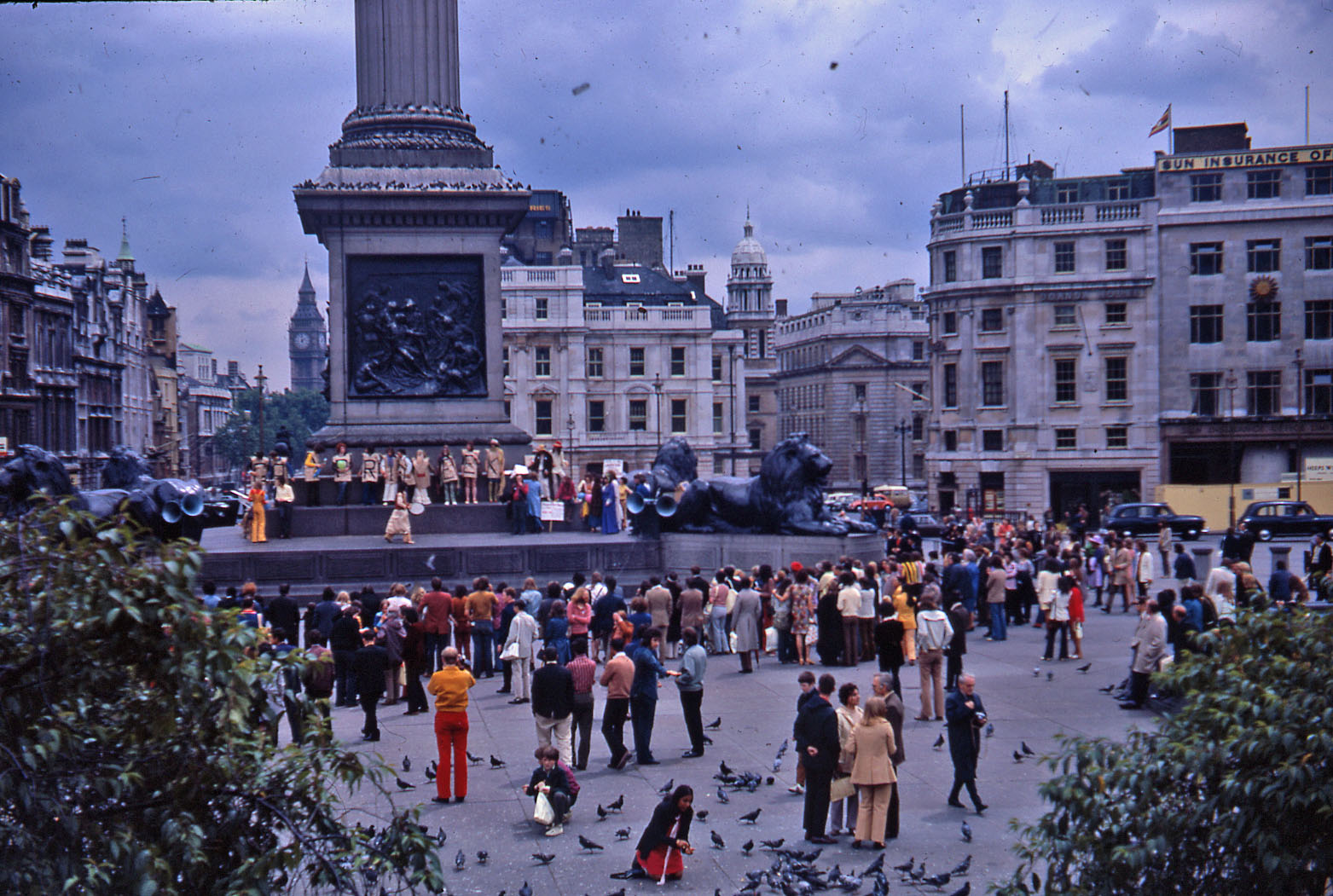
For Peter, Nettie and Philip, memories of that day are overwhelmingly positive: memories of being with their community, but also disrupting space and speaking out about issues that affected them. “It was young people having fun and being boisterous and chanting and shouting,” says Philip. “But also, for a lot of them, there was anger. We were here, we were not going away and we deserve equal rights.”
There are things from the original march that all three agree the current iteration of Pride can learn from, especially when it comes to speaking up against injustices and making the event more open to all from the community. “We didn’t charge anyone to march,” Peter says, “and the battle for LGBTQ+ rights still continues, especially overseas. We need to look beyond this country. But we also have a government that’s dragging its heels on gay rights. Learning from America, you can lose [the rights you’ve fought for] if you’re not alert to what’s going on.”
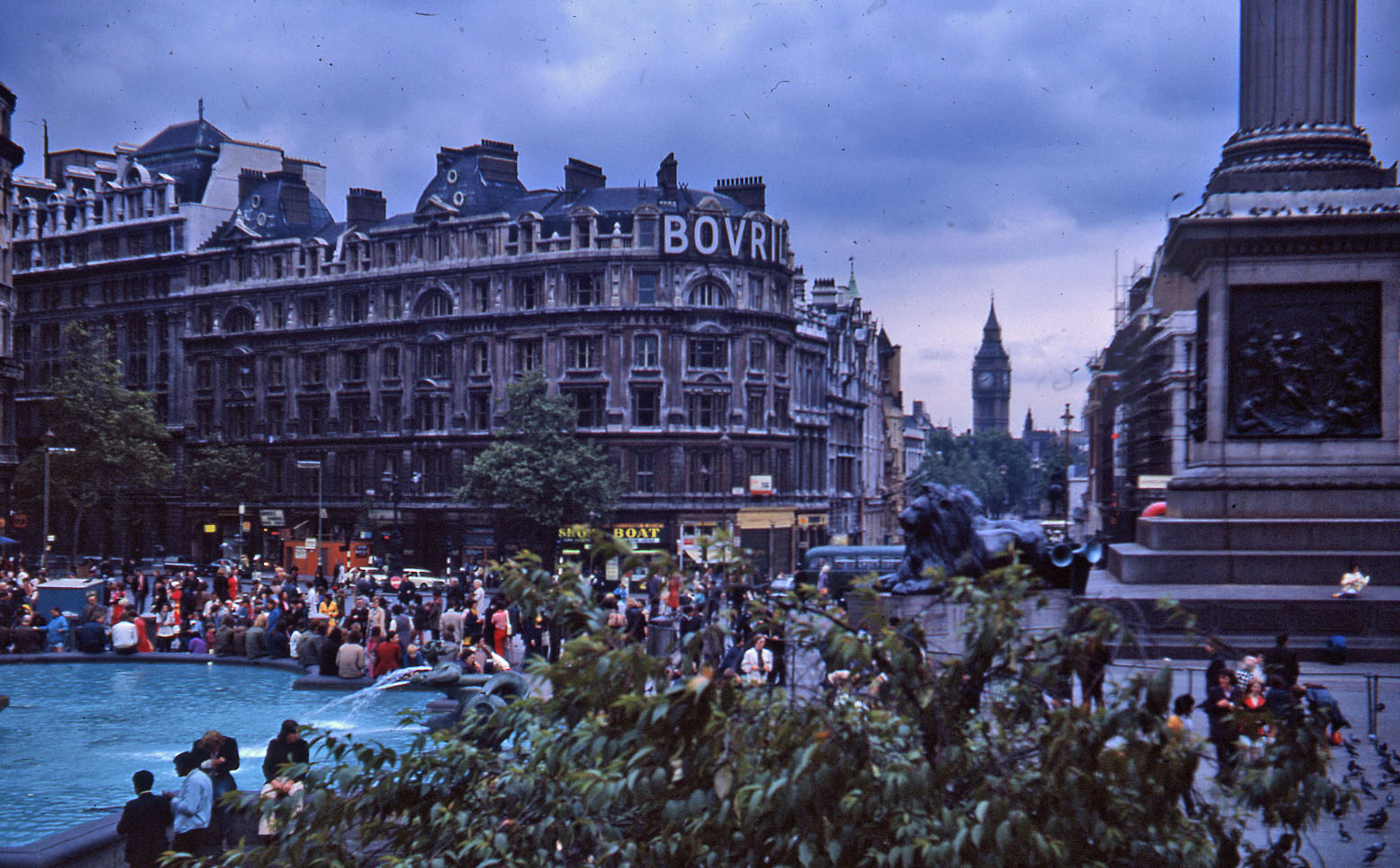
That’s why, at 1pm on Friday 1 July 2022 — on the 50th anniversary of the first London Pride — many of the original UK GLF members will march from Trafalgar Square along the original route, joined by young activists and the newly reformed UK GLF. “The roots of Pride were radical. They were the Gay Liberation Front, the Stonewall uprising, the Black Power movement, the Women’s Liberation movement, the Trans Rights Liberation movement. It wasn’t commercial, or elitist, or supporting industries that perpetuate human rights violations around the world,” Dan Glass-Mincer, one of the current members of the UK GLF says. “That’s why it’s important to have a line in the sand between 1 July and 2 July. What’s really beautiful is that some of those who started Pride in 1972, the Gay Liberation Front and their allies, are still with us and still fighting. There’s so much we can learn from them.”

Follow i-D on Instagram and TikTok for more on activism.
Credits
Photography Brian Hart
Courtesy of CHE Archives, Bishopsgate Institute
